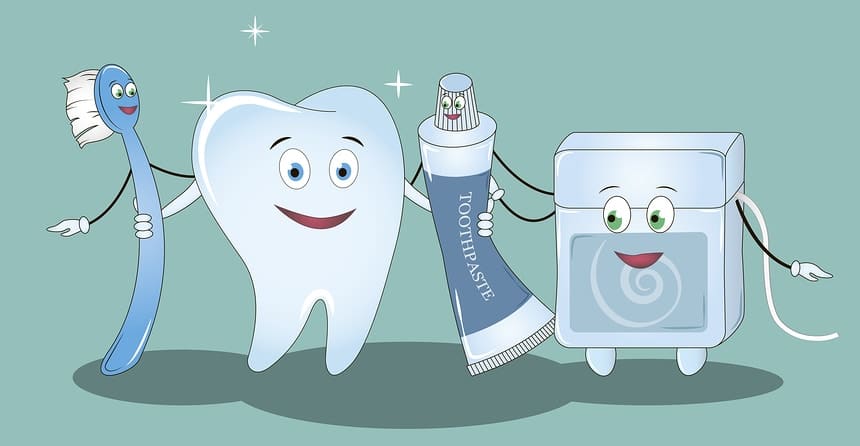- +917892951808
- Indiranagar, Bangalore
Best Dental Clinic In Bangalore Indiranagar | Best Dentist in Bangalore Indiranagar
- Home
- About Us
- Treatments
- Blog
- Contact Us
What is Gingivitis – treatment, symptoms, causes and prevention

What is gingivitis?
Gingivitis is a gum disease caused When plaque, a naturally occurring sticky film that contains bacteria, builds up on teeth and causes inflammation of the surrounding gum tissue. The toxins produced by Plaque irritate the gums and cause inflammation making them puffy or red and bleeding gums. Untreated gingivitis can develop into a much severe form of gum disease called as periodontitis, a common cause of tooth loss in adults. What Causes Gingivitis?
What Causes Gingivitis?
- Poor oral hygiene – such as not brushing (or) flossing.
- Not fully removing plaque – you may be missing the plaque found around the gum line.
- Stress
- Hormonal changes – including puberty, pregnancy, cause Increased sensitivity & Inflammation in your gums.
- Poor nutrition
- Certain medicines
- Chronic diseases – such as diabetes, cancer, HIV.
Signs and Symptoms of Gingivitis
- Red, puffy gums.
- Bleeding gums – especially when you brush (or) floss.
- Sore gums that won't go away.
- Tooth pain & sensitivity – When gums pull away from teeth, teeth are more exposed & sensitive to hot & cold foods.
- Bad breath – that won't go away. Plaque contains millions of bacteria that produce foul – smell
- Loose teeth or disturbance in the manner your teeth fit while you bite down, an advanced gum disease called periodontitis.
Treatment and prevention of Gingivitis
Treating or preventing gingivitis is done by eliminating as much plaque from your teeth & gums as possible. Eliminating plaque is critical in preventing gingivitis and the below measures that focus on a better oral health routine that includes
- Use an anti-gingivitis toothpaste.
- Use an anti-gingivitis mouthwash – kills 99%of bacteria.
- Brush your teeth & gums for at least 2 min. 2 times a day.
- Floss at least once a day.
- Replace your toothbrush every three months.
- Continue to floss and brush even If you have sore gums after flossing (or) brushing or notice bleeding. Use a toothbrush with soft bristles. So you don't hurt your gums.
- Often check your gums in the mirror for changes in color (or) texture.
- Cut back on foods that are high in sugar. Sugar promotes the growth of gingivitis-causing plaque
